The aechmea fasciata plant, commonly known as the silver vase plant, is a beautiful and easy to care for bromeliad native to Central and South America. It has thick, leathery leaves that are arranged in a cup-like rosette pattern. This evergreen perennial can grow up to 3 feet tall with a spread of 12-18 inches. Its leaves are grey-green with silver cross bands and form an attractive vase shape when filled with water.
The flowers of the Aechmea fasciata are pink with blue in a cone-shaped inflorescence which rises above the foliage, adding an extra touch of beauty to any home. Caring for an Aechmea fasciata can be relatively simple if you know what it needs. It requires indirect sunlight but no direct sunlight; too much sun will burn its leaves.
The soil should be well draining and kept moist at all times—never soggy or dry—but not overly wet either; this will cause root rot. Pruning is also important as it helps keep your plant healthy by removing dead or diseased foliage or stems. With regular pruning and troubleshooting, this unique bromeliad will thrive in your home for years to come!
.

Aechmea Fasciata Plant Frequently Asked Questions
How often should I water my Aechmea fasciata plant?
The watering needs of the Aechmea fasciata plant are relatively low compared to other houseplants. It is important to allow the soil to dry out slightly between waterings to prevent overwatering, which can lead to root rot. Typically, watering once every one to two weeks is sufficient. However, it is always best to check the moisture level of the soil before watering. Stick your finger about an inch into the soil and if it feels dry, it's time to water. Additionally, it is important to water the plant at its base rather than directly on the leaves to avoid causing any potential damage or disease.
Is Aechmea fasciata indoor or outdoor plant?
Aechmea fasciata, commonly known as the urn plant or silver vase plant, is primarily grown as an indoor plant. This stunning bromeliad species is native to the rainforests of Brazil and Uruguay, making it well-suited for indoor environments with warm temperatures and high humidity levels. While it can tolerate some outdoor conditions, it is generally recommended to keep Aechmea fasciata indoors to protect it from harsh weather conditions and ensure its optimal growth and health.
How to Care for Aechmea Fasciata Plant
The Aechmea fasciata plant is an epiphytic bromeliad that needs bright, indirect light for optimal growth and flowering. Placing the plant in a south- or east-facing window will provide the best results, as this provides plenty of light without direct sun exposure. Direct sunlight can damage its foliage and cause it to become scorched.
When deciding where to place your Aechmea fasciata, it’s important to consider the amount of light the spot receives throughout the day. Areas with filtered sunlight are perfect for these plants since they don’t want to be exposed to too much direct sunlight all at once. Consider also if any nearby furniture or curtains could block part of the sun’s rays from reaching your silver vase plant–you want enough but not too much!
It may take some trial and error before you find a balance between keeping your Aechmea fasciata in an area that gives it enough indirect light while avoiding direct sun exposure. Once you have found a suitable spot for your Aechmea fasciata, you should keep an eye on its leaves: if they start fading or looking scorched, move it into brighter shade; if they start yellowing or drooping, it means that there’s not enough light and you’ll need to move it closer to a window with higher natural illumination levels.
With bright, indirect light requirements met, this beautiful pink house plant can thrive in any home and be a rewarding addition for years to come. To ensure this happens, make sure you keep up with regular pruning and troubleshooting when needed – by doing so you’ll be able to keep your silver vase plant healthy and looking great!
Soil requirements for Aechmea Fasciata Plant
The soil requirements for an Aechmea fasciata plant are essential for its long-term health. To ensure that this beautiful plant can thrive in any home and be a rewarding addition for years to come, the right soil mix must be used.
A well-draining soil mix of equal parts of peat, perlite, and organic matter should be used to help provide optimal drainage and aeration. An African violet potting mix or a peat-vermiculite mix is best for container planting. The soil should remain slightly moist but not soggy, as too much water can cause root rot or fungal diseases. To prevent this, it is recommended to allow the top 2 inches of the soil to dry out between waterings.
To encourage healthy growth and blooms, a diluted water-soluble fertilizer should be applied once a month during the growing season. It is important to note that Aechmea fasciata plants do not require frequent fertilization and it is best to only fertilize when actively growing new foliage or flowers appear.
For optimal drainage and aeration, a layer of coarse gravel should be added at the bottom of the pot before adding the soil mix. This will also help keep your Aechmea fasciata’s roots from sitting in standing water which can lead to root rot or other diseases. Additionally, make sure that you choose an appropriate size pot for your plant so that it has enough space for its roots to grow without becoming overcrowded which can stunt its growth.
By following these instructions on how to care for an Aechmea fasciata plant with proper light exposure, regular pruning and troubleshooting, and understanding its unique soil requirements, you will have a beautiful houseplant that will brighten up any room!
Watering and Fertilizing your Aechmea Fasciata Plant
Adequate water and fertilizer are essential for the health of your Aechmea Fasciata. While you’ll need to monitor the top inch of soil before each watering, ensure that you don’t overwater as this can cause root rot. To help balance moisture levels in the soil, use a potting mix with some perlite or sand added.
Feeding your plant once every two weeks during its active growing period – spring and summer – is necessary for optimal growth; however, avoid fertilizing when it’s dormant (fall/winter). Diluted balanced fertilizer should be used following manufacturer instructions so as not to damage roots.
How to Propagate the Aechmea Fasciata Plant
.
Propagating the Aechmea fasciata plant is a great way to increase your collection and give away lush specimens as gifts. This bromeliad can be propagated in three ways: division, cuttings, and seeds.
Division involves cutting the plant into several pieces and replanting them. To do this, carefully take apart the root ball of the parent plant by gently pulling away each piece of root until it is divided into multiple sections. Each section should have its own roots and leaves so that new plants will have a better chance of taking off. Place each section in a separate pot with moist soil and provide it with bright indirect light to help it thrive.
Taking cuttings is also an easy way to propagate this species of bromeliad. Use a sharp, clean, sterilized knife to cut below the base of the plant where there is one or two healthy leaves attached to it. Plant the cutting in moist soil at a temperature of 70-80°F (21-27°C) and provide it with bright indirect light for optimal growth. Keep an eye out for signs of infection or disease as you monitor how well your cutting takes off!
Finally, if you would like to grow more Aechmea fasciata from seed, they should be planted in sterile potting mix and kept moist at temperatures between 68-77°F (20-25°C). The seeds should be placed on top of the soil surface; they do not need to be buried for germination since they are very small in size. With patience and attention, these methods will help you propagate this beautiful bromeliad so that you can enjoy its beauty for many years to come!
How to Prune The Aechmea Fasciata Plant
Pruning is an important part of caring for an Aechmea fasciata plant, as it can help promote healthy growth and vibrant blooms. When pruning, it’s best to use sharp, clean gardening shears and to do so only when the plant is actively growing. Pruning should be done during its flowering season for best results.
Start by removing any dead or dying foliage from the Aechmea fasciata plant. This will help promote healthy new growth and encourage the plant to produce more flowers. Be sure to remove all of the dead leaves but take care not to damage any of the live ones in the process.
Next, trim off any wilted or yellowed parts of foliage that are not completely dead yet. Cut these back to just above a leaf node (where a leaf attaches to a stem). Be careful not to cut too far up into the center of the plant as this can damage or kill it. Additionally, avoid cutting off any fully formed flower buds as they may never bloom again if removed too early.
Once you have finished pruning away any dead or damaged parts of your Aechmea fasciata plant, regular fertilizing and misting will help keep your bromeliad looking great and thriving for years to come. Fertilize with a balanced water-soluble fertilizer at half strength once every two weeks during its active growing period (spring through fall) and mist its leaves with water twice weekly during hot weather months. With proper pruning techniques, you will be rewarded with beautiful blooms year after year!
Common Problems That affect the Aechmea Fasciata Plant
The Aechmea fasciata plant is a beautiful and rewarding addition to any home, but it can have some common problems that need to be addressed. The most frequent issues are due to improper watering, poor drainage, too much direct sunlight, or pests.
Waterlogged Soil: If the soil remains waterlogged for extended periods of time, the leaves may begin to yellow or brown. This indicates that the roots are not getting enough oxygen and may eventually lead to root rot. To avoid this issue, make sure the soil is well-draining and only water when the top inch of soil is dry.
Too Little Water: If the Aechmea fasciata plant does not receive enough water, its leaves will become wilted and dry. To remedy this issue, water thoroughly until moisture begins to come out of the bottom of the pot. Make sure not to over-water as this can lead to root rot as well.
Too Much Direct Sunlight: Too much direct sunlight can cause brown/black spots on leaves or scorch them entirely. To prevent this from happening, place in an area with bright indirect light instead of direct sunlight.
Inadequate Drainage: Poor drainage can occur when there isn’t enough organic matter incorporated into the soil mix or if you are using a pot with inadequate drainage holes at its base which leads to standing water in your pot after irrigation cycles end. To avoid this problem make sure your pot has adequate drainage holes and use a mix that contains equal parts peat moss, perlite and organic matter such as compost or aged manure for optimal results.
Pests: Pests such as scale insects, aphids and mealybugs can cause discoloration of foliage or stunted growth in plants so it’s important to check plants regularly for signs of infestations and take action accordingly with an insecticidal spray or neem oil solution if necessary.
By addressing these issues promptly with proper watering techniques, fertilizing during active growing periods and regular pruning/troubleshooting sessions you can ensure your Aechmea fasciata plant will remain healthy and vigorous for years to come!
Conclusion
In conclusion, the Aechmea fasciata plant is an easy to care for bromeliad that can make a beautiful addition to any home. With bright, indirect light and well-draining soil, the plant can thrive with regular pruning and troubleshooting. Fertilization should be done during the active growing period but avoided during dormancy, as over-fertilizing can damage the roots and stunt growth.
Proper watering is also important; let the top inch of soil dry out between waterings. By following these guidelines and regularly monitoring for pests or diseases, you can ensure your Aechmea fasciata remains healthy and vigorous for years to come. Propagating your Aechmea fasciata through division, cuttings or seeds is also a great way to grow more plants and expand your collection of this attractive bromeliad.
Other Pink Colored House Plants
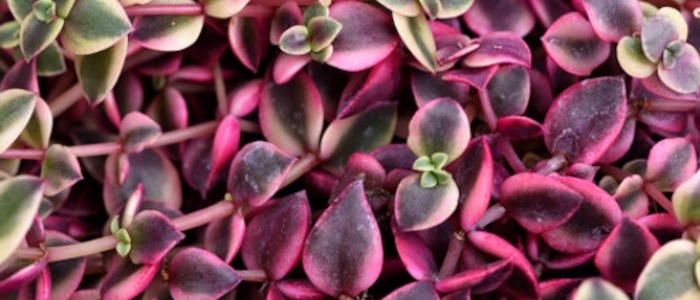

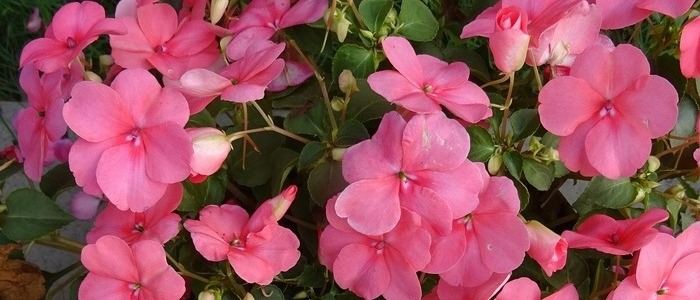
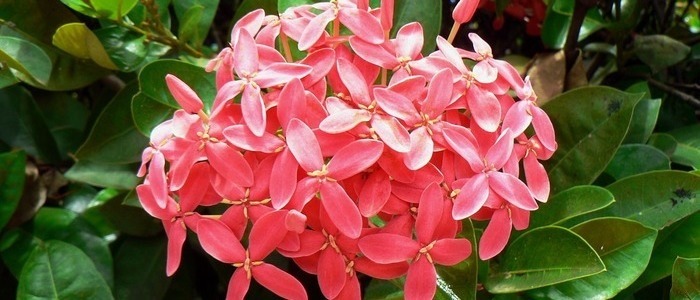

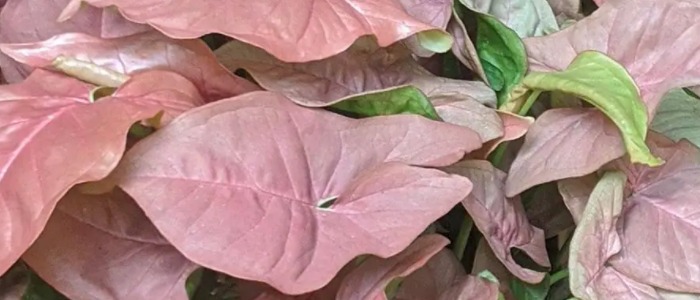
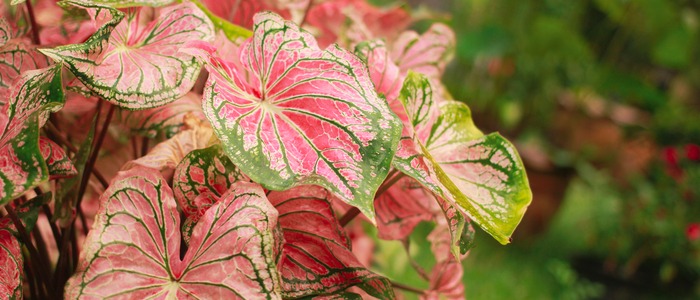
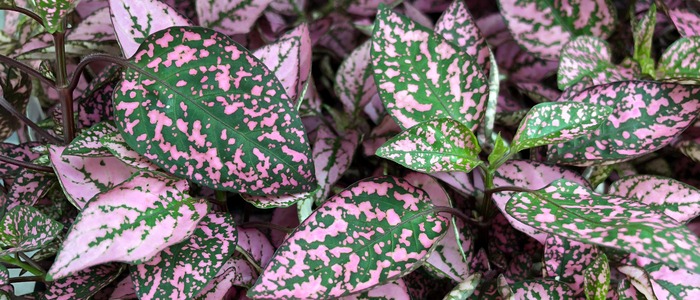




Pink Calla Lily Plant
Pink Philodendron Plant
Cryptanthus


Kalanchoe Pink Butterflies
strawberry begonia